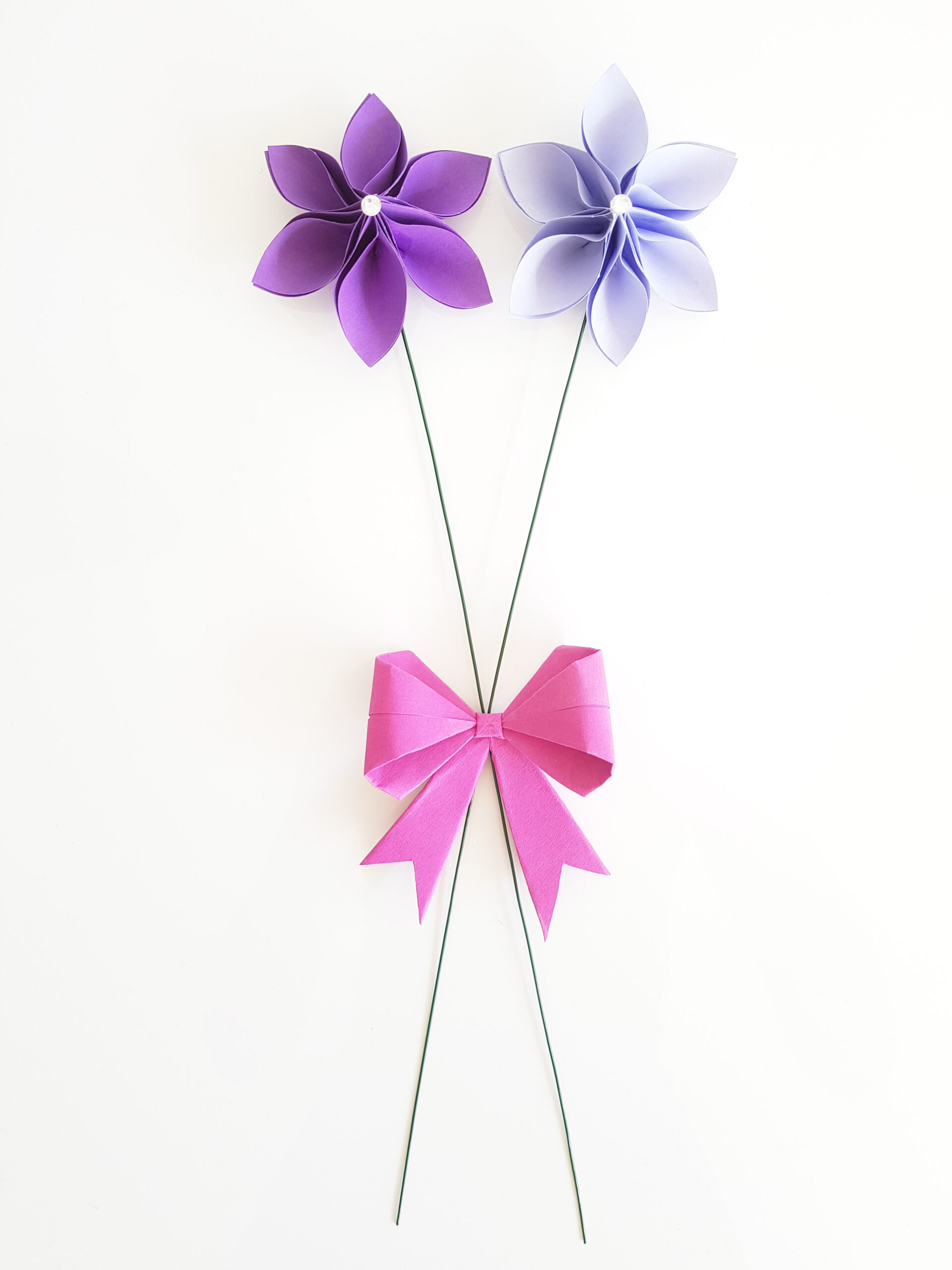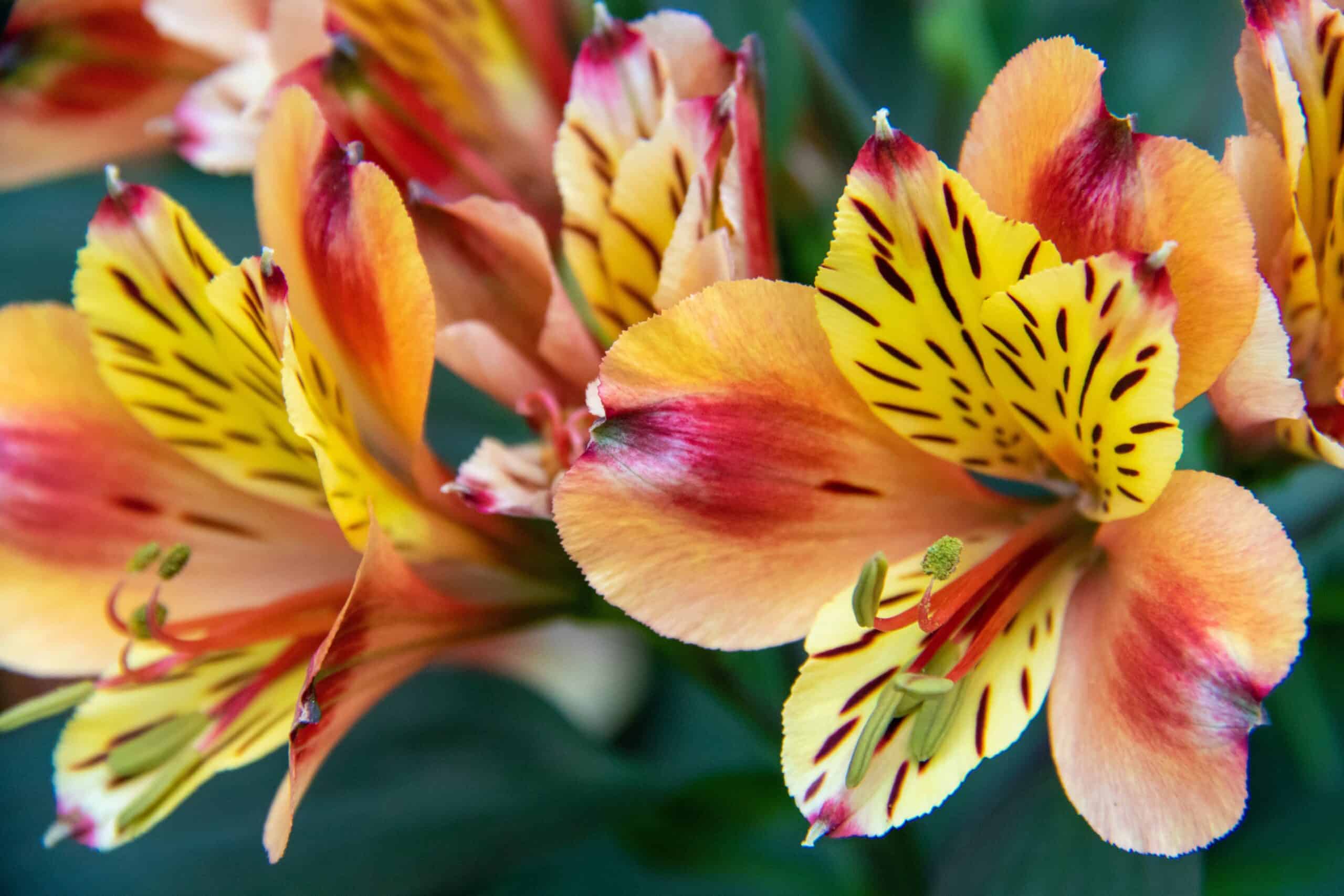Also known as the Flamingo Flower, Brazilian Plume (Justica carnea) is an evergreen shrub that can reach heights of up to six feet. The plant produces showy plumes of bright pink to bright crimson-colored flowers that are attractive to hummingbirds, butterflies, and bees. It is an excellent choice for gardeners looking for a compact shrub that blooms from early summer until fall.
The genus, Justica, comes from the scientific name of a Dutch botanist, Justus van Muellen. Carnea is derived from Latin, meaning “flesh-colored,” referring to the lovely flower petals of this plant. Brazilian Plume is also known as Justicia Reayana, Godetia carnea, and Flamingo flower.
How to Plant
Brazilian Plume is a versatile, easy-care plant that is perfect for containers, gardens and indoor displays. When planting your Brazilian Plume, choose a spot with part-to-full shade, and well-drained soil with a pH of 6.2-7.8. If planting in a container, be sure to use a soilless potting mix with plenty of perlite and peat moss. Water the plant thoroughly after planting, and keep the soil lightly moist. While the plant prefers partial sun, it will also tolerate full shade. The ideal temperature range is 65-70 degrees Fahrenheit.
Meaning and Symbolism
Brazilian Plume, also known as a godetia, symbolizes tenderness and thoughtfulness. It is believed to bring people together and bring peace, joy, and harmony. Additionally, the Brazilian Plume is a symbol of love and stimulation.
History, Mythology, and Religious Significance
The Brazilian Plume has been known since the 1600s, although it wasn’t until the 1800s that it was first introduced to Europe. It has a special historical and symbolic significance in Brazil, where it is believed that the flower will encourage tenderness and thoughtfulness between people. In Europe, it has gained a certain sacredness and meaning of hope and joy.
Flower Varieties and Their Defining Characteristics
There are several varietal forms of Brazilian Plume, which differ in flower color, habit and size. The most common are Justica carnea var. carnea, Justica carnea var. hypselantha, Justica carnea var. pallida and Justica carnea var. Parryi. Justica carnea var. carnea grows up to 3 feet tall and has pink blooms, while Justica carnea var. hypselantha grows up to 6 feet tall and its flowers are red-pink. Justica carnea var. pallida grows up to 2 feet tall and blooms in pink and white, and Justica carnea var. parryi is a 2-foot tall variety with red-pink flowers.
How to Pot and Repot
If you are going to keep your Brazilian Plume in pots, choose a pot that is a few inches larger than the plant root ball. Make sure the pot has drainage holes in the bottom to avoid waterlogging. Fill with a well-draining potting mix and water thoroughly. For an indoor container, you may want to add slow-release fertilizer that’s appropriate for flowering plants.
If you need to move to a bigger pot, do so in early spring. Repotting too frequently may cause the plant to become root-bound. Before repotting, loosen the root ball so that the roots can spread easily. Use the same potting mix and water thoroughly. Let the plant settle in for a few days and don’t fertilize for at least a month.
How to Prune
Brazilian Plume does not require much pruning, but if it becomes overly large, you can prune it in late winter or early spring. Start by removing any dead or damaged stems. Then, using a sharp pair of pruning shears, prune back the branches that are crowded or too tall. Make the cuts just above a node, or leaf. You can also prune off spent flowers and seed heads if you prefer a more taught shape. Be sure to remove any debris left on the ground and discard properly.
How to Propagate
Propagation of Brazilian Plume is easy and can be done any time during the year. You can choose to propagate through seed, cuttings, or division. To propagate through seed, wait until the seed pods dry and turn brown, then take the seeds and store them in a cool, dry place. To propagate through cuttings, cut a 6-inch segment of stem with a few leaves and place in moist soil. To propagate through division, carefully divide the root ball and replant. All of these methods should be done in well-draining soil.
Common Pests and Diseases
Brazilian Plume is relatively pest and disease-resistant, but some occasional problems can occur. Common pests include aphids and spider mites, which can be treated with natural insecticides. Common diseases are blight and leaf spot, which are usually caused by a fungal infection. Blight can cause brown spots and dark lesions, while leaf spot can cause yellow or brown spots on the leaves. Treating with a fungicide should help resolve these issues.
Frequently Asked Questions
1. How tall does the Brazilian Plume grow?
Brazilian Plume can grow up to six feet tall.
2. How often should I water?
During the blooming season, keep the soil lightly moist. During the winter, allow the top inch of soil to dry before watering.
3. Does it need fertilizer?
Yes, Brazilian Plume needs fertilizer to grow. Use an appropriate fertilizer for flowering plants and apply it every two weeks during the blooming season.
Table Fact Sheet
| Brazilian Plume | Justica carnea |
| Family | Acanthaceae |
| Plant Type | Perennial |
| Mature Size | Up to 6 feet tall |
| Sun Exposure | Part-to-full shade |
| Soil Type | Well-drained |
| Soil pH | 6.2 to 7.8 |
| Bloom Time | Early summer to fall |
| Flower Color | Pink to crimson |
| Hardiness Zones | 9-11 |
| Native Area | Brazil |
What we love from Amazon this week
Buy these wonderful flowers directly from Amazon:















